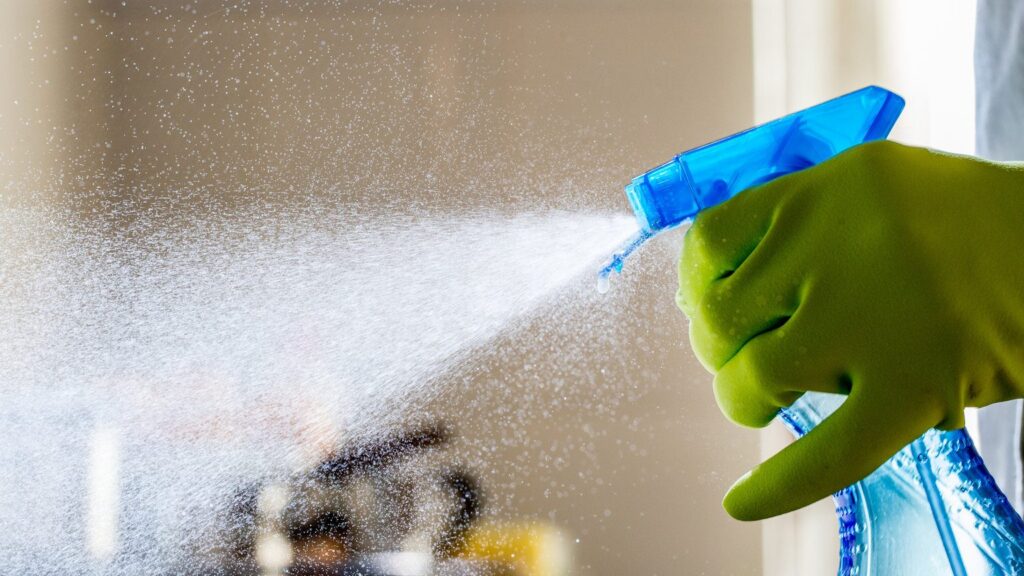More and more of us are working remotely these days and this can mean that we need to adapt how we use our homes. With spending more time indoors, there is a knock on effect with the levels of heating and moisture in our homes. Having laptops and computers on all day, heating on, boiling kettles, slow cooking etc is all adding to the moisture in our homes. Breathing alone contributes a huge amount of moisture over the day (there’s nothing magical about seeing your breath when it’s cold outside). Combine all of that with the change in weather happening and people might start to find they have unwanted guests in the form of Mould or Mildew. The good news is that problem is completely preventable.
What is Mould and Mildew?
Mould: Mould is a type of fungi that are naturally occurring organisms. Mould grows in damp and poorly ventilated areas, and reproduces by making spores. Moulds can grow in and on materials such as food, furniture, fabrics, carpets, walls, paper, timber and plumbing.
Mildew: Mildew is usually a thin dusting of a black, grey or white growth, appearing on fabric and walls. Mildew is a type of mould. Indoors, grey-black powdery mildew is the most commonly encountered kind of growth and is easily recognisable.
How does it Grow?
Mould needs four things to grow. The spores need a suitable surface containing nutrients, moisture, warmth (at least 4C) and time.
Nutrients: Materials used in the building and decorating of most homes like plywood, plaster and carpets are fantastic breeding grounds for mould.
Warmth: Warmth can either be artificial through heating systems used in the winter months and just the general temperature in the summer months. Moulds grow best at the range of temperatures that we humans find most comfortable.
Time: Unfortunately, time is an ever present construct that we can’t control (not yet anyway!).
Moisture: Finally moisture can relate to the humidity level or made by conditions in the home. Removing one of these conditions inhibits moulds’ ability to grow. Moisture is the one that can most easily be controlled. Excess moisture may appear after a leak, in buildings that are too airtight so moisture can’t escape, where rooms vents are closed, windows are not opened regularly, enough ventilation near ovens and showers resulting in condensation, general high humidity levels and even normal breathing and perspiration.
How Mould affects your Health and wellbeing
The build up of mould and mildew in your household is not only affecting your building but also your health. When mould fragments are inhaled the airways can become inflamed, causing nasal congestion, wheezing, chest tightness, coughing and throat irritation.
Long-lasting exposure to high levels of indoor dampness can lessen lung function and cause chronic health problems such as asthma. Those who already have medical conditions such as asthma and allergies are more likely to have more harsh symptoms when exposed.
Not only does it have an effect on your physical health, but it also shows from studies that it has an effect on your mental health leading an increased risk of depression.
How to Prevent Mould and Mildew:
Ventilation: To ensure that mould doesn’t build up in your home, you must ensure that there is good ventilation throughout the household. Mould doesn’t like fresh air and yes even though it may be cold outside, you can start by getting some fresh air into the house. Wall vents should be permenantly in the open position and windows should be opened around the home for a period each day. Extractor fans should always be used when cooking and in bathrooms.
Drying clothes: If your house or apartment does not have a space outdoors to dry clothes, then you should have a clothes dryer. Drying clothes indoors is the single most common cause of mould and mildew. If you must dry clothes indoors, you should use a dryer every time. Sometimes dryers only get clothes 90% dry, then it is okay to hang them to finish the process but the remainder of the process should happen beside an open window or dehumidifier.
Dehumidifier: A dehumidifier will not get rid of your mould but it will reduce the humidity by up to 55% in the room, making the mould go dormant. This will then make it easier to clean the remaining mould of the wall knowing it won’t be spreading further. They are very low in energy useage and a great tool for any home. They are used to maintain the humidity in your home and will even help your clothes dry faster as an added benefit.
Condensation: The most common moisture problem for Irish homes is probably condensation. Condensation occurs when air that contains a high amount of moisture meets a cold surface like a window, or when the air gets colder and it can no longer hold the high amount of moisture. It is a result of high humidity levels and too little ventilation. It is important to dry windows, windowsills and skirting boards etc when you notice condensation forming.
Removing the unwanted guest:
The first step in stopping mould is to remove what’s already there.
Mould killing sprays – these can be bought in most local supermarkets for approx €5 and these are effective in removing small growths. You should follow the instruction on the bottle but in general there are four quick steps:
1) Spray the surface
2) Scrub it
3) Rinse it
4) Dry thoroughly
Fungicidal paint can be used after the clean up to prevent a recurrence of the problem. But be warned, if the moisture problem isn’t addressed, the mould probably will return. Be careful during the removal process – open windows, wear rubber gloves and a face mask. Never mix a detergent containing ammonia with bleach as it will create toxic fumes.
For larger growths it is recommended to call a professional mould remover. Certain materials that are not cleanable or at least are very difficult to clean like insulation, carpets, upholstery can’t just be treated, they need to be removed and replaced. They hold spores much easier than other materials and so remain a source of mould for an extended time period.

